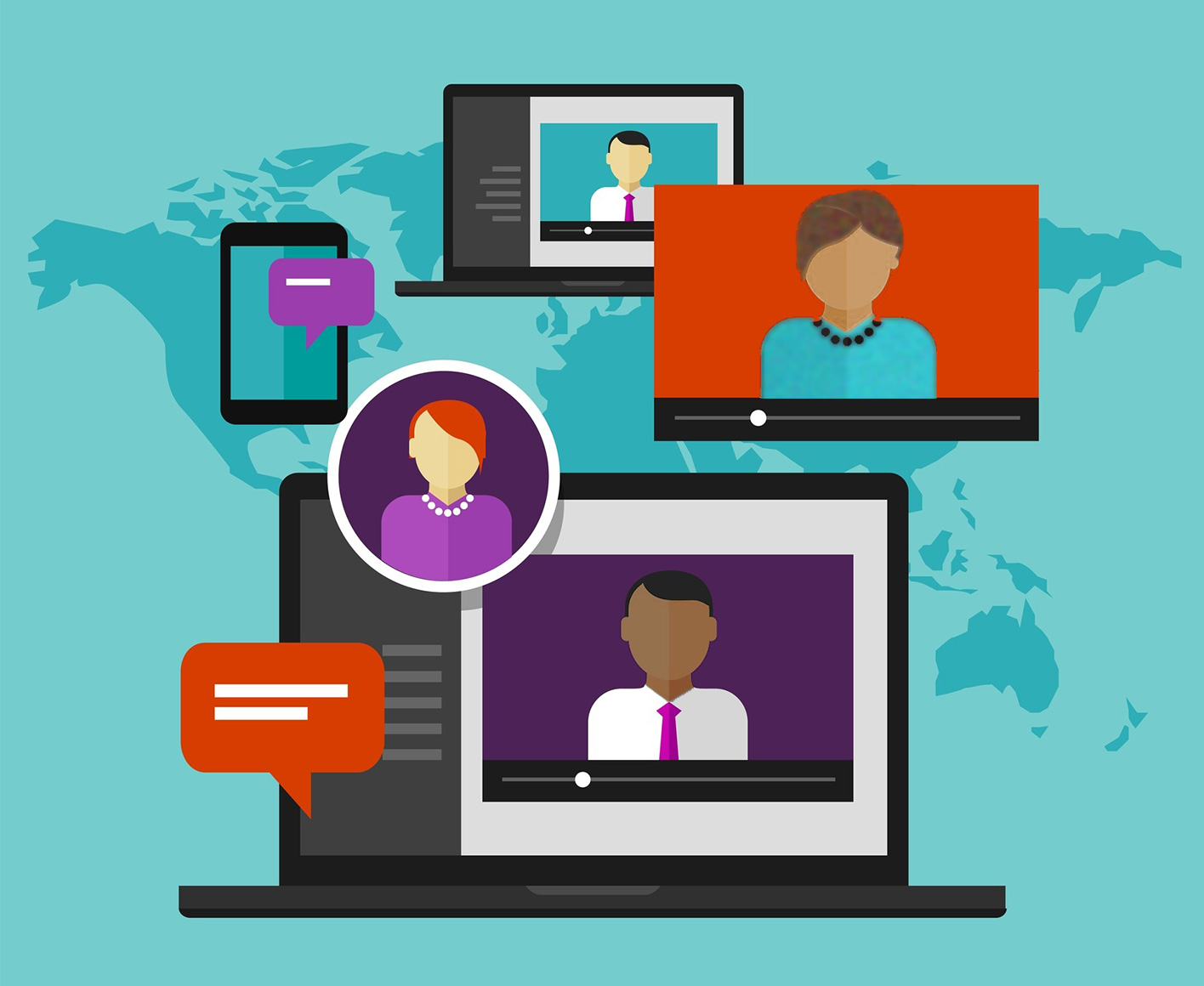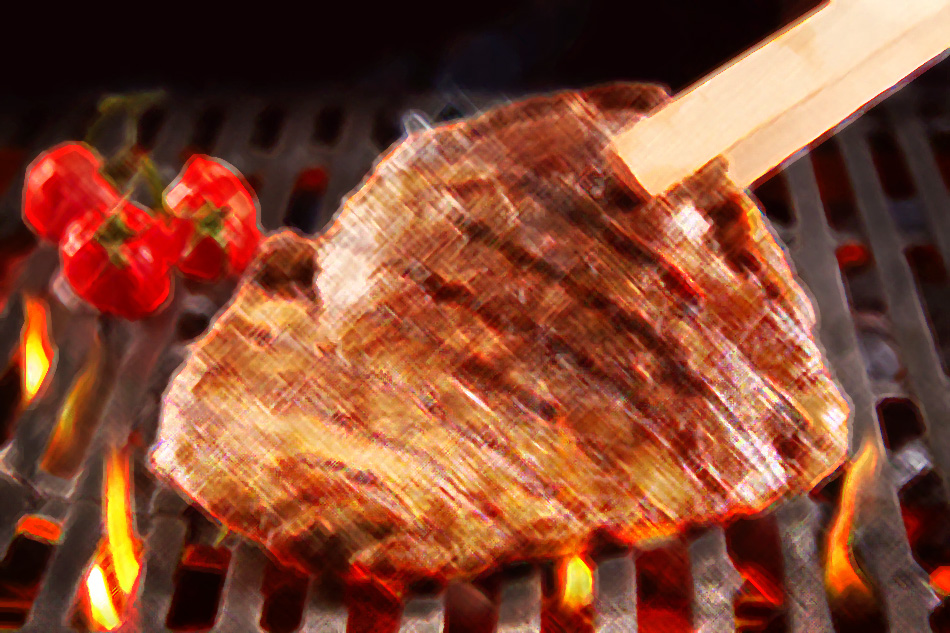
Facts, Assumptions and Values: Managing Unconscious Bias
By B. Kim Barnes, Barnes & Conti CEO, and Nelson Soken, Ph.D, Barnes & Conti Chief Innovation Officer
Editor's Note: This article appeared initially on LinkedIn, June 1, 2016. We are sharing it in this update because unconscious bias is especially relevant to us today.

There are many variations of the following quote, first attributed to Bernard Baruch. “You have the right to your own opinion, but you don’t have the right to your own facts.” The reality is, though, that there are enough facts for people to pick and choose the ones that support their preferred conclusion.
We like to think of ourselves as a rational species – but recent evidence from behavioral science research suggests otherwise. We tend to seek information that supports our views and disregard facts that are counter to our belief systems. This is known as the confirmation bias, and explains why people with conservative political views watch and read conservative media sources and liberals watch and read liberal sources. We hold fast to ideas even after we have been shown evidence that they are untrue or impossible. We ignore data that might cause us to be or seem unfaithful to a set of principles held by a group we identify with – and we may even punish those who question “common wisdom” or hold views that are unpopular or disturbing to the status quo. The famed scientist Galileo was tried by the Roman Inquisition and forced to recant his theory that the earth revolved around the sun rather than vice-versa.
This human tendency leads, of course, to unconscious bias, bad decision-making, unnecessary or unwise risk-taking, unproductive conflict, and prejudicial behavior. For a more comprehensive view of the confirmation bias and other research demonstrating that humans are not so rational after all, see the work of Tversky and Kahneman.
Let’s unpack this human tendency to confuse actual reality with preferred reality. Long ago, a wise person pointed out that almost every conclusion contains elements of three things: facts, assumptions or inferences, and values.
Facts are data that can be assessed objectively; often through our senses. We see, hear, feel, smell, and count them. When different people experience them, they can more or less agree on their reality. This surface is hard, that wall is green, this paper makes a crinkling sound. But, of course, all of these conclusions are matters of degree, definition, or system – so we have to have some experience with and agreement on these concepts in order to consider them in the same way.
Assumptions or inferences make meaning out of the data we take in with our senses. We add them up or combine them in ways that make them useful to us. This surface will hold my coffee cup. That wall has been painted. This paper is too thin to write on. Assumptions make it possible to get on with our day without stopping to consider every possible implication, but they may, of course, be incomplete or quite wrong. The surface may be tilted. The wall may be moldy. The paper may be strong.
Values or principles have to do with what we believe to be right or wrong, good or bad, worthy or unworthy, beautiful or ugly. This table is poorly made. This moldy room is unhealthy to live in. This paper saves trees. Once we have applied our value system to the assumptions that we have drawn from the facts, we tend to see our conclusions as deeply correct and truthful rather than based on assumptions that may be faulty or facts that may be misunderstood or missed entirely. More importantly, this process keeps us from questioning our conclusions.
As late as 1970, the top five orchestras in the U.S. had fewer than 5% women. Not many members of a typical symphony orchestra’s screening committee would have believed that they were deliberately choosing men over women in hiring musicians. Perhaps they sincerely believed that men were better musicians by the evidence of their proportion in the existing orchestra. But once “blind auditions,” with a screen hiding the applicant, made it impossible to observe the gender of the musicians who were demonstrating their skills, a significantly higher proportion of women were chosen than before. (Many orchestras now are close to 50/50). Now, the choice could be based on what committee members were hearing without the distraction of their internal and unacknowledged bias. A current example of this phenomena is the method by which contestants are selected on the television show “The Voice,” where pop-star judges are seated in chairs that face away from the contestant auditioning so that the selection process is based purely on the contestant’s voice. This is intended to reduce the possibility that contestants are selected for reasons other than their “voice” (e.g., age, gender, appearance, etc.).
Our current ability, because of social media as well as the other media we consume, to live in an echo chamber where we have our news “curated” for us, reinforces this tendency. We hang out, shop, watch, play, and vote like members of our “tribe.” At work, however, where there may be more diversity of background and experience, we sometimes fail to take advantage of this diversity, but rather treat it as an obstacle or annoyance. Organizations that make it easer to be different, to disagree, to challenge assumptions, to question decisions, to speak truth to power, tend to be more creative, innovative, and responsive to changes in their environment. For example, Ed Catmull, a founder at Pixar, describes in his book, Creativity, Inc., how Pixar has created and embraces a culture of constructive debate and diversity of thought.
So what’s the antidote to unconscious bias? Here are a few attitudes that help:
- A sense of humor; not taking oneself too seriously
- Openness to being wrong, uninformed, or uncertain
- The curiosity and drive to seek information and perspectives from others
- Willingness to invite and listen to a variety of opinions, including from those you expect to disagree with you
- The ability to hold more than one option as possible
- A propensity to call oneself and others on unexamined assumptions or “groupthink” – and to invite others to do so
- A commitment to making key decisions based on evidence rather than tradition, hearsay, or opinion.
As leaders, we can model and implement group norms that welcome diversity of opinion, constructive debate, and open questioning of authority or “received wisdom.” The willingness to ask for alternatives, to generate many different ideas, and to distinguish among facts, assumptions, and values, can lead us to better decisions and a more interesting, successful, and engaging workplace.
Join the conversation on LinkedIn
Online Programs Update: Constructive Debate and Puzzles, Mysteries and Muddles Coming Soon!

Contructive Debate is our popular program that teaches teams to express, engage, and explore ideas and eliminate the conditions that allow mediocre or bad ideas to pass through and/or prevent potentially useful ideas from getting a hearing.
Puzzles, Mysteries, and Muddles is our ground-breaking problem-solving program. The research, by Jerry Talley, Ph.D, demonstrates that different types of problems require different approaches to finding solutions. After learning the definitions and differances, you will be able to understand more precisely the unique and subtle features of any problem situation and how to target your approach.
Watch our email updates for the debuts of the online webinar versions of both of these workshops. And please let us know if these or any of our other offerings can help you meet your personal and organizational needs. Feel free to reach out to Lauren Powers, lpowers@barnesconti.com to discuss.
From the Barnes & Conti Virtual Food Truck: Grilled Skirt Steak, Flank Steak, Kabobs, or Grilled Salmon
Lauren Powers, SVP Business Development
Here’s a marinade recipe that Lauren got from her mother. It’s perfect for your summer grill.

Ingredients:
- 1/2 cup of soy sauce
- 1/2 cup oil
- 1 medium onion
- juice of one lemon
- 1 garlic clove (optional)
- Beef (skirt steak or flank steak), chicken, lamb, fish, or kebabs
Method:
- Mix marinade ingredients in blender and marinate. Beef should be overnight or many hours, chicken and fish can be for less time. You may need to double recipe for kabobs.
- Grill meat, chicken, or fish until done.
Italian Orange and Onion Salad
B. Kim Barnes

Ingredients:
- 4 medium navel oranges
- 4 tbsp olive oil
- 2 tbsp red wine vinegar
- 8 ripe black olives
- 1 md red onion
- 1 tsp fresh minced oregano
- 1/4 cup fresh minced chives
- Fresh ground pepper
Method:
- Score (remove strips) from orange peel, cut oranges in thick slices.
- Thinly slice onions.
- Place orange slices in shallow serving dish. Sprinkle with oil, vinegar and oregano.
- Toss, then refrigerate for approximately 30 minutes.
- Take out and toss oranges again.
- Place layers of onions on top of oranges. Add chives, olives and fresh pepper. Serves 6.
These recipes are available on our website as part of the Virtual Food Truck.
Please send us some of your favorite recipes you’ve made during these last few weeks. We will add them to our Virtual Food Truck for all to enjoy.
You are receiving these emails from Barnes & Conti because you are a client, colleague, and/or friend of Barnes & Conti Associates or you contacted us through our website, at a trade show, or via social media. Barnes & Conti does not sell, trade, or give away mailing lists or email addresses to anyone. Period. You can read our privacy policy here.
If you no longer wish to receive these bulletins, use this link to unsubscribe or write us at Barnes & Conti, 940 Dwight Way Suite 16, Berkeley, CA 94710.
*Please don't forward this entire email; the person you forward to might inadvertently unsubscribe you with the above link!